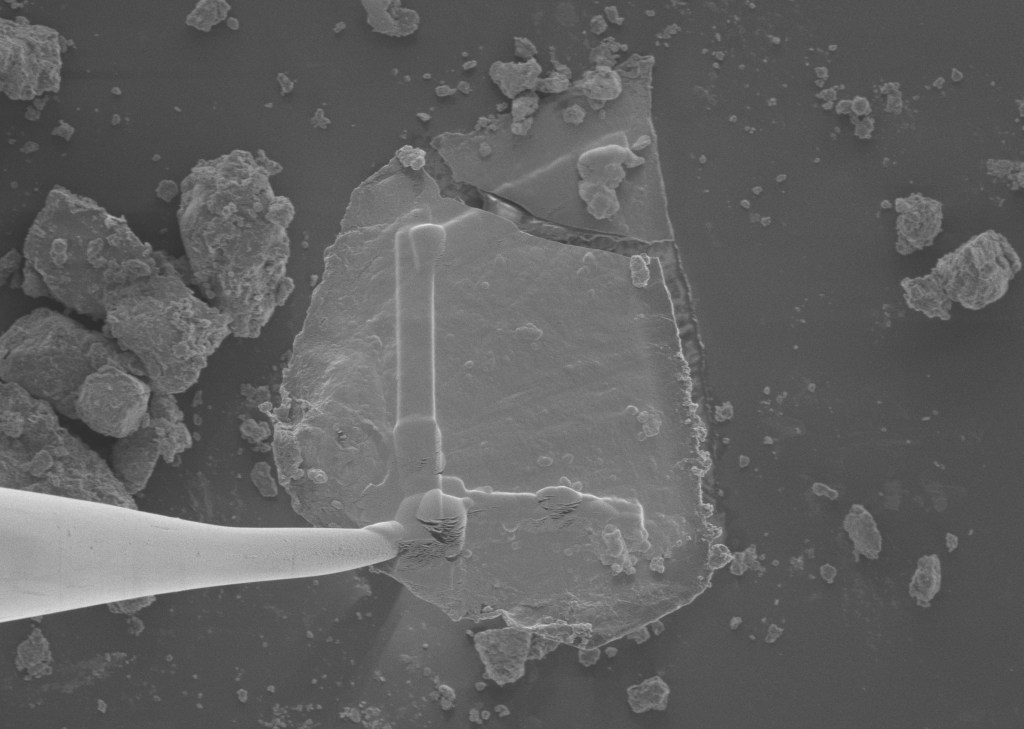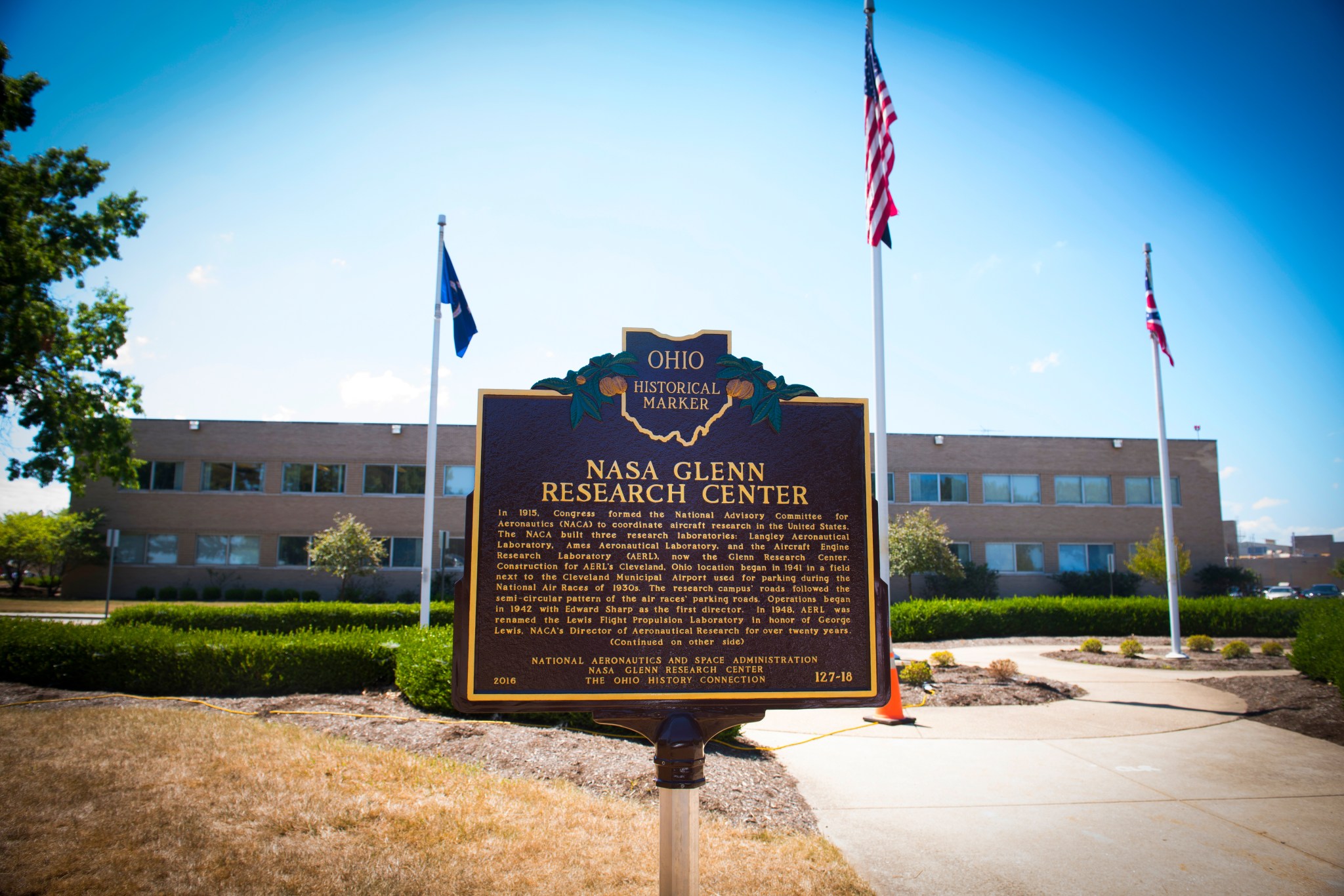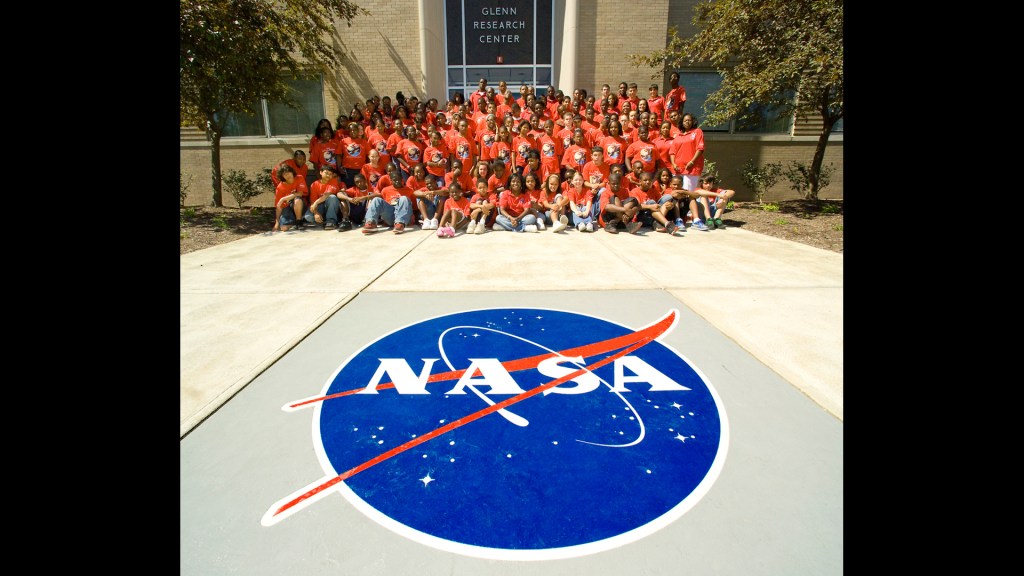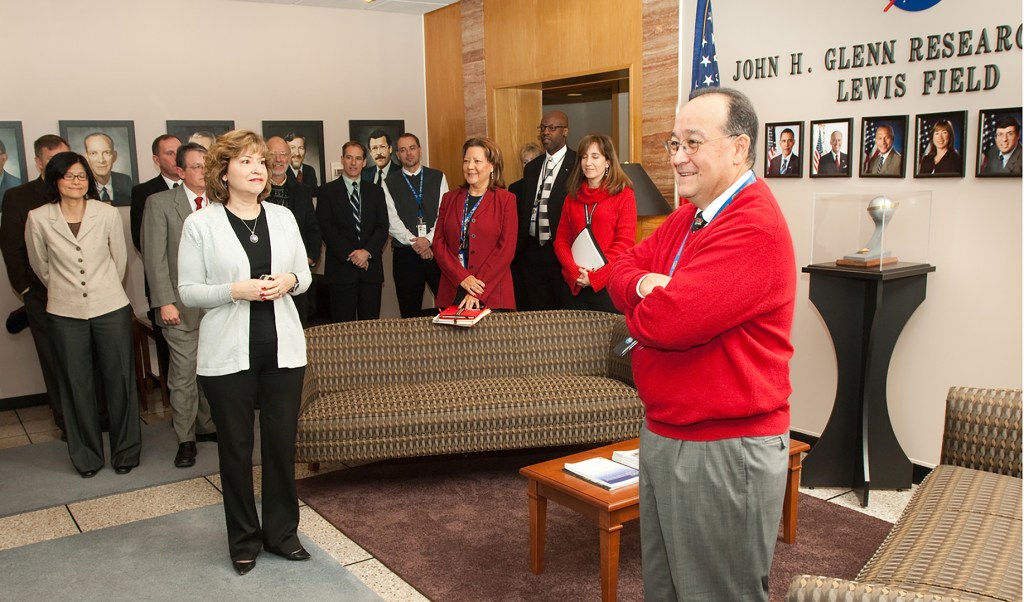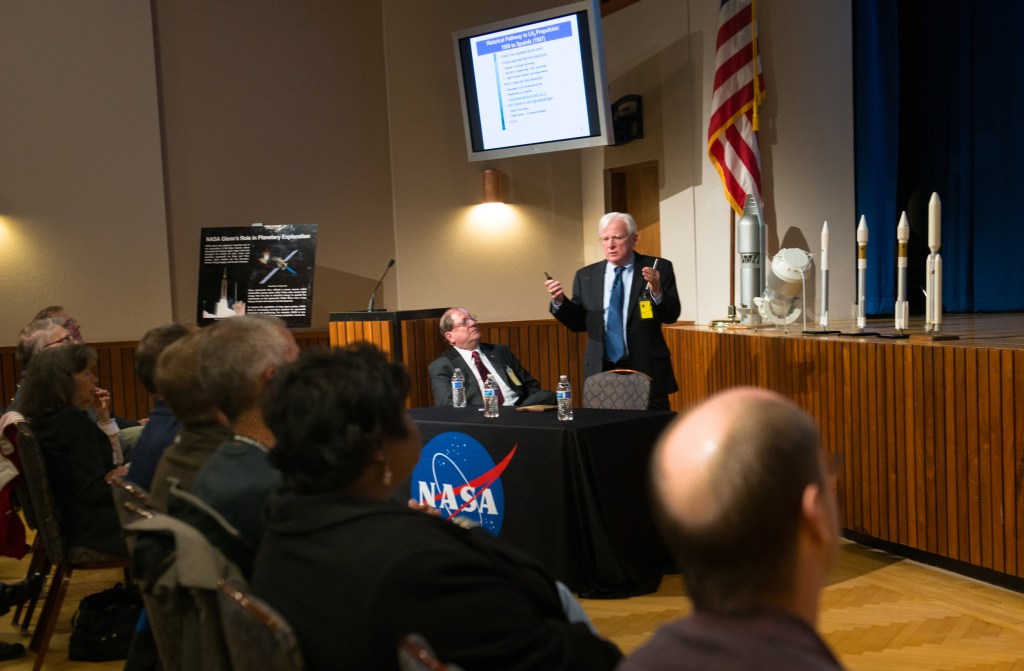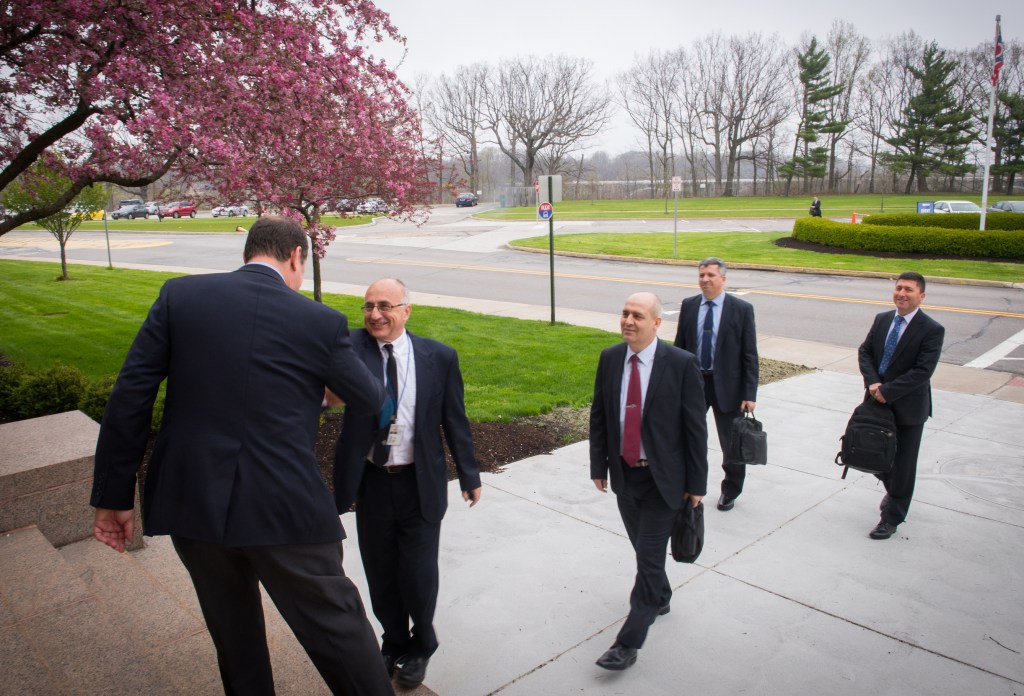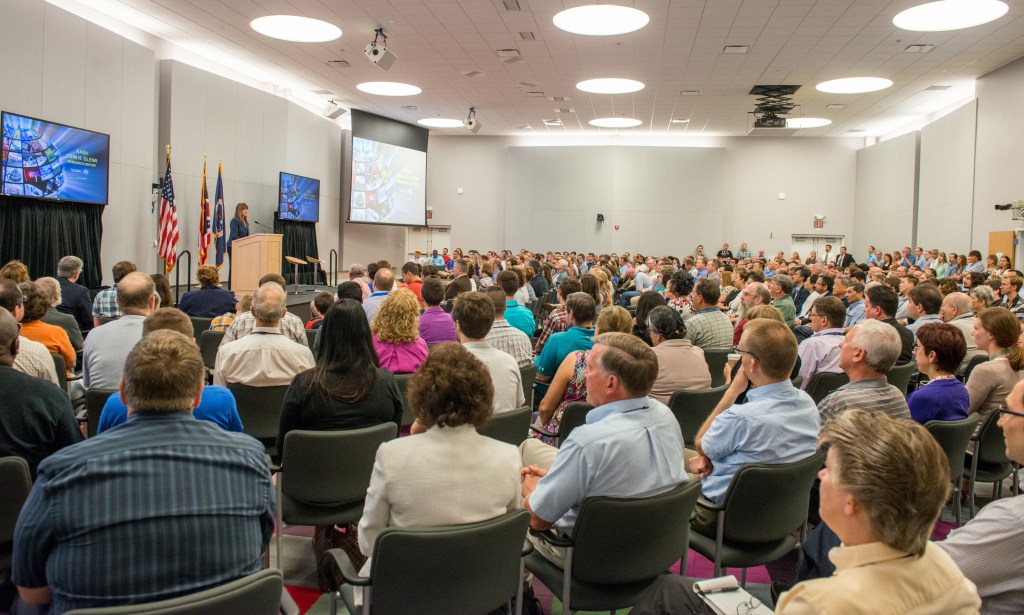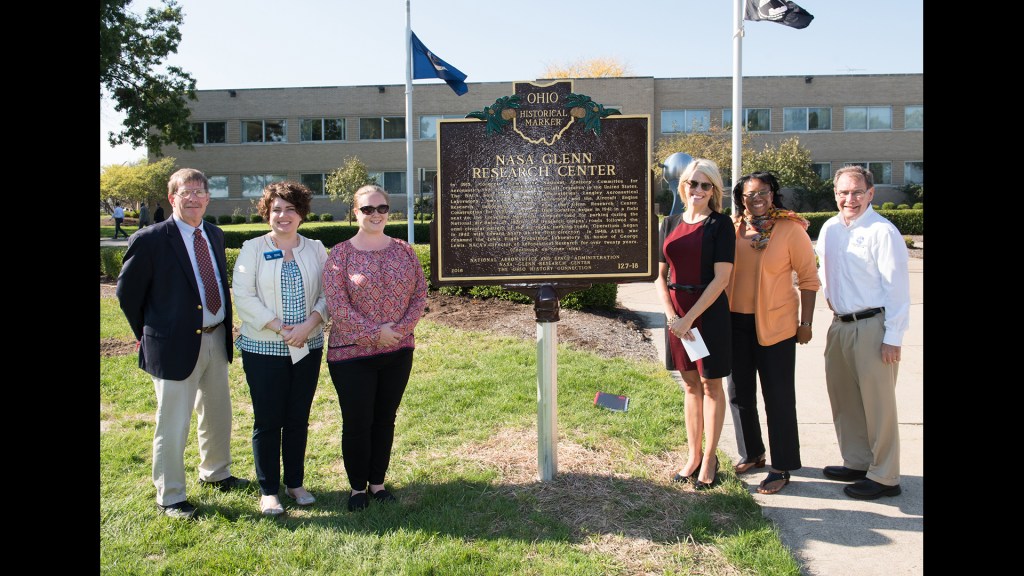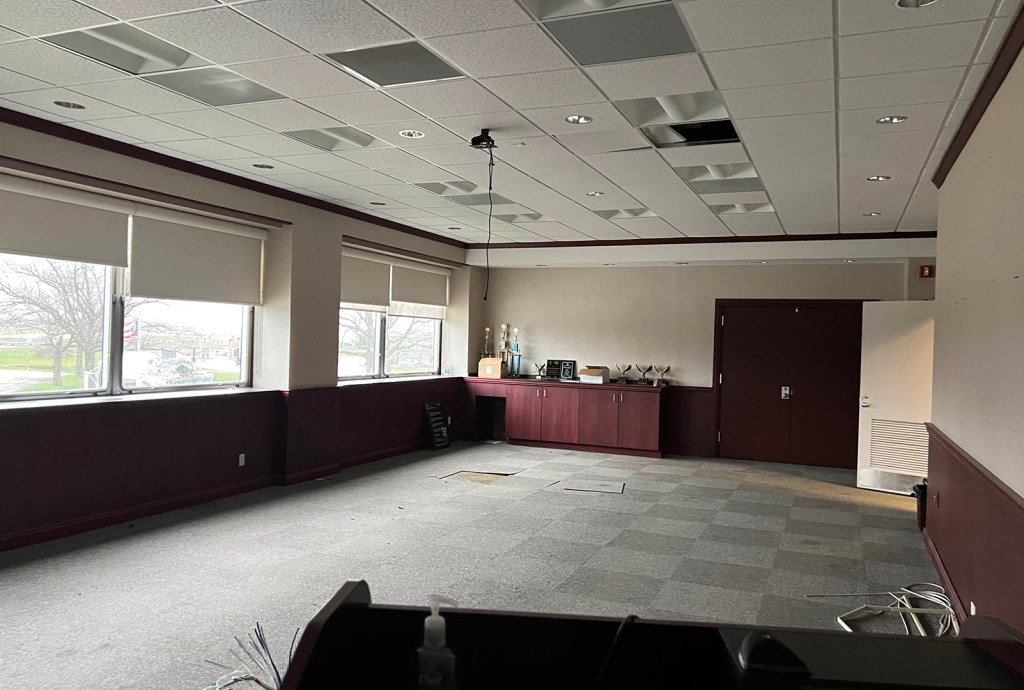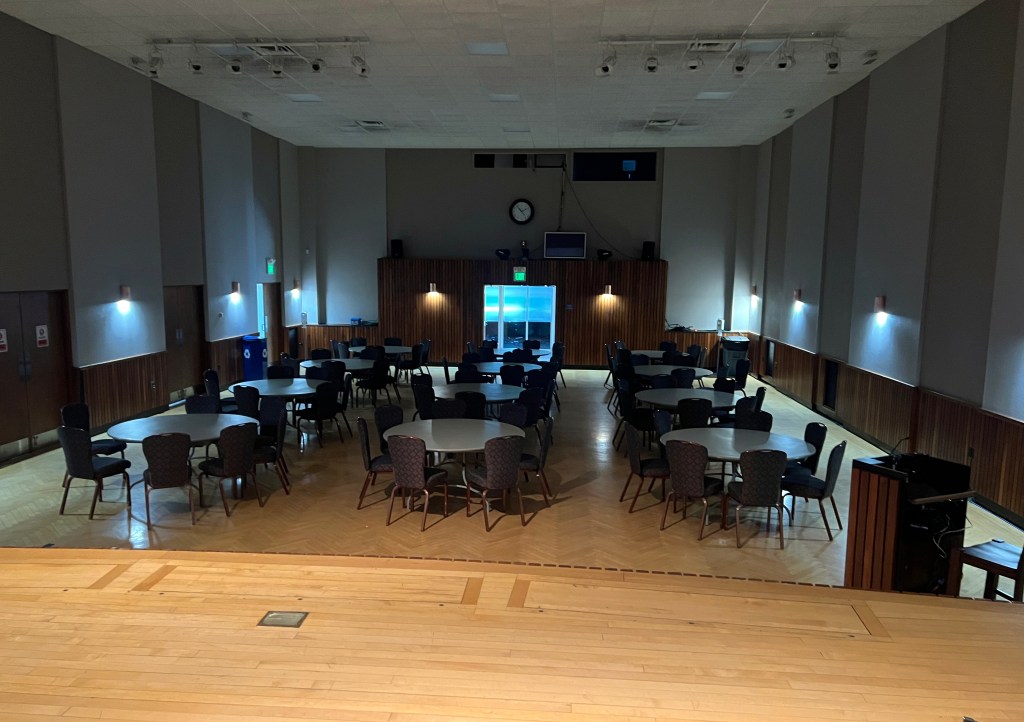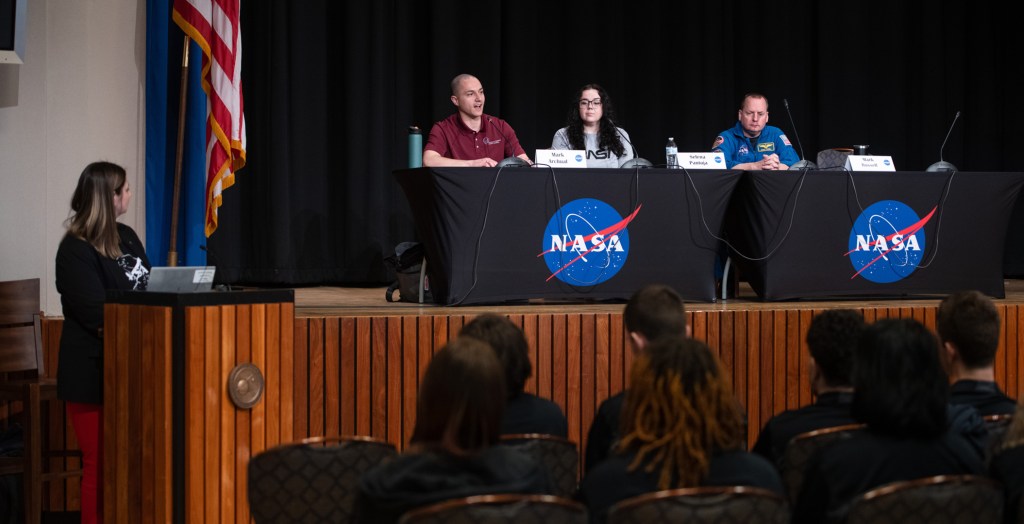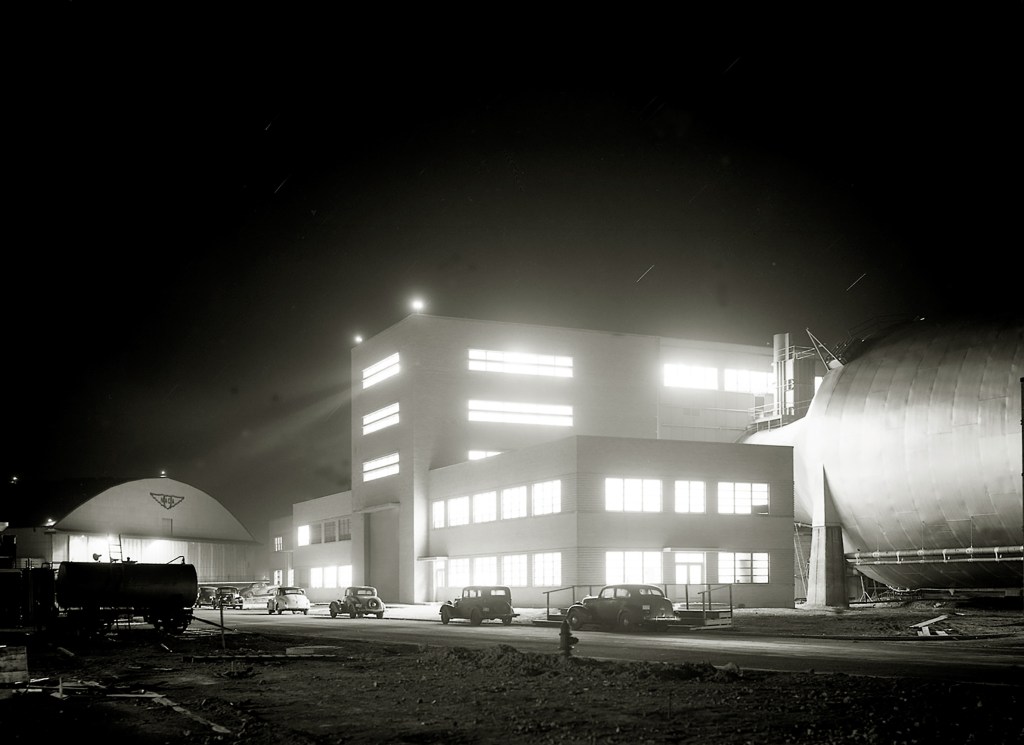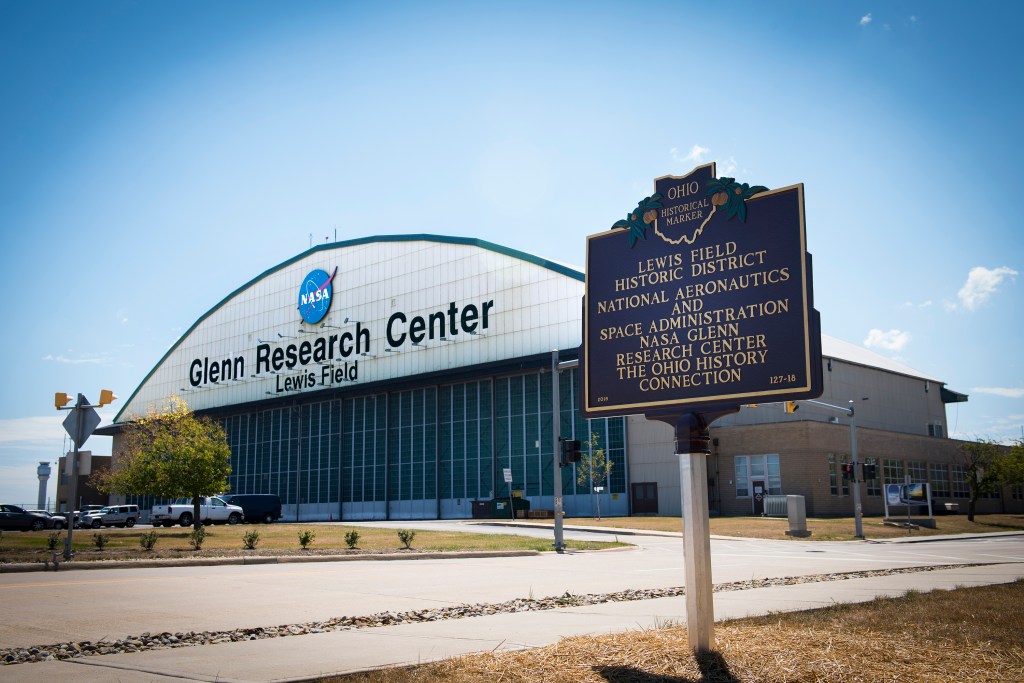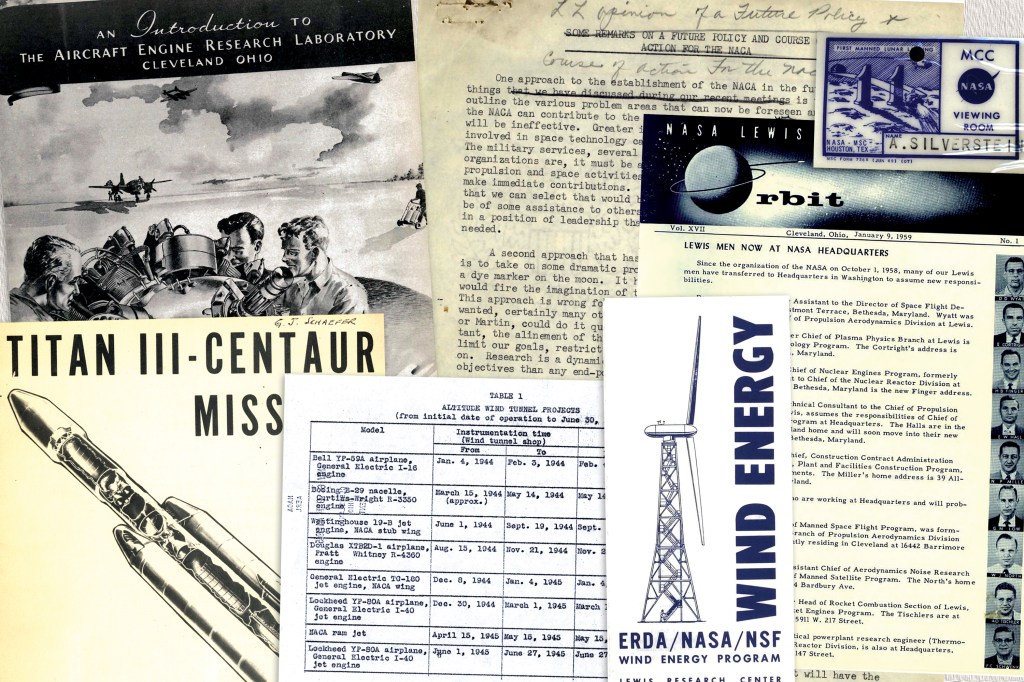NASA Glenn Research Center
Historic Facilities
Administration Building
Overview
On March 1, 1999, NASA’s Lewis Research Center was renamed Glenn Research Center in an effort to raise the center’s profile following John Glenn’s return to space on STS-95. The center’s profile was further enhanced in 2006 when it was assigned key roles in NASA’s Constellation Program. As such, the members of the new Space Flight Systems Directorate resided in the Administration Building throughout the 2000s. The most significant aspect of this period was the revitalization of the campus through Glenn’s Facilities Master Plan. This ultimately led to the removal of the Administration Building.
Alterations
By this point in Glenn’s history, new center directors were appointed approximately every three years. These included Julian Earls (2003-2005), Woodrow Whitlow (2005-2010), Ramon Lugo (2010-2012), Jim Free (2013-2016), Janet Kavandi (2016-2019), Marla Perez-Davis (2020-2022), and Jimmy Kenyon (2023-present).
In 2006, NASA Glenn received a major coup when it was assigned responsibility for the development of the Orion service module and created the Ares I-X developmental rocket. Members of the Space Flight Systems Directorate, which oversaw the center’s space systems development work, were conspicuous residents of the Administration Building throughout the 2000s. Though Constellation was short-lived, Glenn has continued development of space systems and testing space hardware.
The most noticeable physical changes to the Administration Building in the 2000s were outside the building. In 2005, a full-scale replica of the proposed Orion Service Module was installed by the southeast entry, a NASA logo was added to the front walkway in 2008, and a Centaur G-prime upper-stage rocket was placed in front of the building in 2016. Other modifications included upgrades of the information technology equipment in the conference rooms and auditorium; and changes to the general appearance of the lobby, foyer, and hallways.
Building Occupants
In the 2000s, the first floor of the Administration Building was home to personnel in the Constellation Project Office, Safety and Mission Assurance, and Strategic Management Office. Other managers included the Chief Engineer, Chief Information Officer, and the head of Plum Brook Station (today, Armstrong Test Facility), as well as members of the Communications and External Relations, Knowledge Management, Diversity offices.
The upper level continued to be home for most of the directorate heads, including Space Flight Systems, Aeronautics, Programs and Projects, Safety and Mission Assurance, Center Operations, Facilities and Test, and Engineering and Technical Services, as well as the Technology Partnerships and Legislative Affairs offices.
Throughout this period, the members of the Communications and External Relations Office and the Technology Transfer and Partnership Office occupied most of the basement offices.
Events and Visitors
Master Plan
In the early 2000s, NASA initiated an effort to decrease overhead costs by reducing infrastructure and its physical footprint. This endeavor combined the removal of older or under-utilized facilities, some of which were historically significant facilities, with the construction of modern and sustainable buildings. This process included the construction of new administrative buildings at six NASA centers in the 2000s.
In 2003, NASA Glenn began developing a Facilities Master Plan to revitalize the campus (known as Lewis Field) through a series of building demolitions and new construction. Highlights of the plan included the addition of two modernistic office buildings, the Mission Integration Center (including an auditorium) and the Research Support Building. The plan also included demolitions of several historic test facilities, the closure of the center’s largest office building, the Development Engineering Building, and the potential removal of the Administration Building.
As part of the evolving Facilities Master Plan, the center was able to have the original portion of the campus recognized as an historic district. The Administration Building, which retained much of its original appearance and role, was a key contributing element to the Lewis Field Historic District which is eligible for listing on the National Register of Historic Places. A ceremony was held in October 2016 to install an Ohio Historical Marker sign in front of the Administration Building.
Demolition Decision
With the reoccupation of the Glenn campus following the Covid pandemic, the center reassessed the center’s office needs. In the fall of 2023, Director Jimmy Kenyon announced that the leadership team would relocate to the new Research Support Building, which opened in 2022.
Glenn also examined its options for the Administration Building, which had been the campus’s face since its inception. As part of this review, Glenn considered giving external organizations the opportunity to utilize the Administration Building through the use of enhanced use lease agreements. Management concluded, however, the potential tenants would not be able to bear the cost of rehabbing the building. Plans were initiated to demolish the Administration Building.
In July 2024, Glenn held an open house for employees to tour the historic building before it was vacated. Shortly thereafter, leadership and the Office of Communications moved into the Research Support Building. The Administration Building auditorium remained in use through the spring of 2025.
Historic Mitigation
Federal agencies seeking to significantly alter or demolish historic structures must first consult with state Historic Preservation Offices. These offices often require some level of documentation of the building to mitigate its loss. As such, Glenn has documented a number of the facilities it has removed.
Due to its long period of significance and its contribution to the Lewis Field Historic District, Matthew Rector, Glenn’s Cultural Resources Manager, undertook National Historic Preservation Act compliance with the Ohio State Historic Preservation Office. This website is part of the effort to document the Administration Building before its demolition. The building is currently scheduled to be razed in Fiscal Year 2026.
Demolition
Content forthcoming later in 2025.


